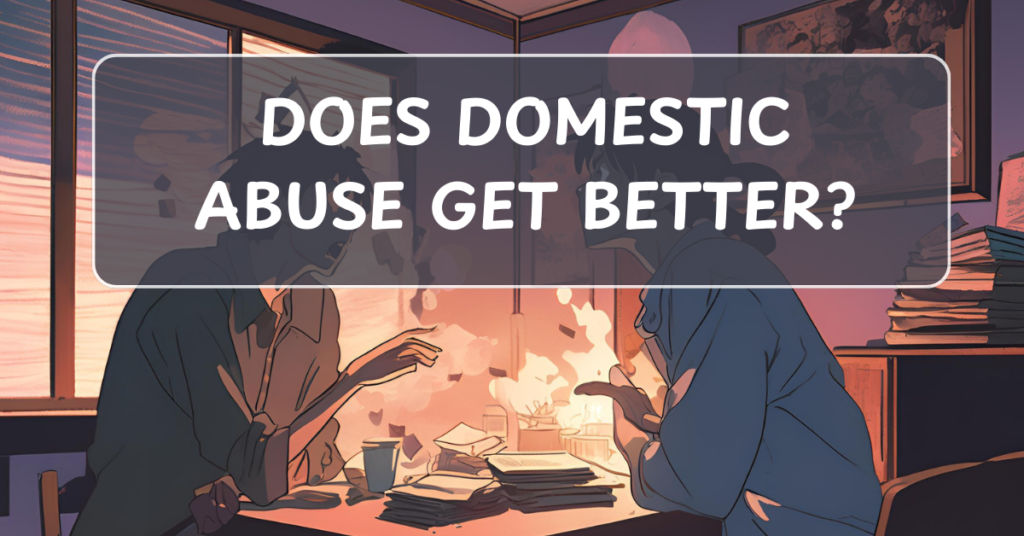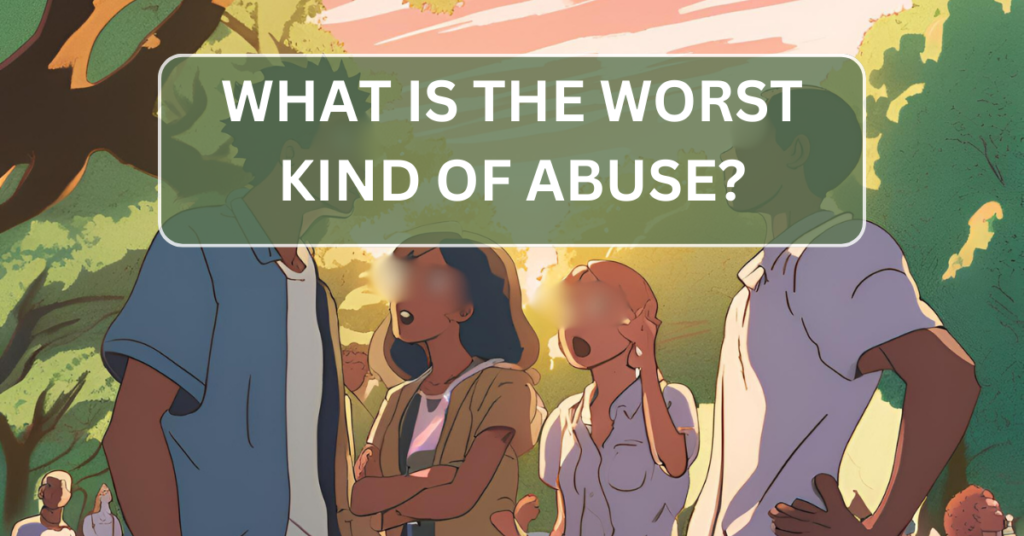
Domestic abuse is a painful and complex experience that affects millions of people worldwide. Victims often wonder whether their situation will improve and if their abuser is capable of changing. While hope is a natural response to challenging circumstances, it’s crucial to approach this question with clarity and an understanding of the dynamics of abuse.
Understanding Domestic Abuse
Domestic abuse isn’t just about physical violence—it often involves emotional, verbal, financial, and psychological manipulation. It’s characterized by a cycle of behavior, which may include:
- Tension Building: Small incidents or arguments escalate.
- The Incident: The abusive behavior occurs, whether verbal, emotional, or physical.
- Reconciliation: The abuser apologizes, promises to change, or minimizes their actions.
- Calm Period: A temporary phase where things seem better before the cycle begins again.
This cycle often repeats, making lasting change difficult without significant intervention.
Can Abusers Change?
Abusers can change, but it requires genuine effort, accountability, and professional help. Key factors for change include:
- Acknowledging the Problem: The abuser must take full responsibility for their actions without blaming others.
- Seeking Help: Professional counseling or participation in a batterer intervention program is often necessary.
- Commitment to Long-Term Change: Change doesn’t happen overnight. It requires consistent effort and a willingness to address underlying issues, such as anger management or past trauma.
However, change is rare unless the abuser is deeply committed to altering their behavior. Promises alone are not enough.
Signs the Abuse May Not Get Better
In many cases, domestic abuse persists or escalates over time. Warning signs that the situation may not improve include:
- Repeated Apologies with No Action: The abuser promises to change but continues their harmful behavior.
- Minimizing or Denying the Abuse: Refusing to acknowledge the severity of their actions.
- Blaming the Victim: Shifting responsibility onto the victim for the abuse.
- Lack of Professional Help: Refusing to seek therapy or intervention.
Abuse is about control, and abusers often resist giving up that control, making genuine change difficult.
What Victims Can Do
If you’re experiencing domestic abuse, prioritizing your safety and well-being is crucial. Here are steps to consider:
1. Recognize the Abuse
Admitting that you’re in an abusive relationship can be difficult, but it’s the first step toward change.
2. Seek Support
- Reach out to trusted friends, family members, or a domestic abuse hotline for emotional and practical support.
- Professional counselors or support groups can help you navigate your options.
3. Make a Safety Plan
If you’re considering leaving the relationship, create a safety plan that includes:
- A trusted place to go.
- Important documents, money, and essentials prepared in advance.
- Emergency contact numbers.
4. Set Boundaries
While leaving isn’t always possible immediately, setting clear boundaries can help protect your mental and emotional well-being.
5. Know When to Leave
Sometimes, the only way for things to get better is to leave the relationship. This is a deeply personal decision, and support from professionals can help you plan your next steps.
Hope for a Better Future
While some abusers may change with the right support, domestic abuse rarely gets better on its own. Victims deserve relationships built on respect, love, and equality—not fear and control. If you’re in an abusive relationship, know that you’re not alone, and help is available.
If you or someone you know is experiencing domestic abuse, contact a local hotline or support organization for guidance and resources. You deserve safety and happiness.


